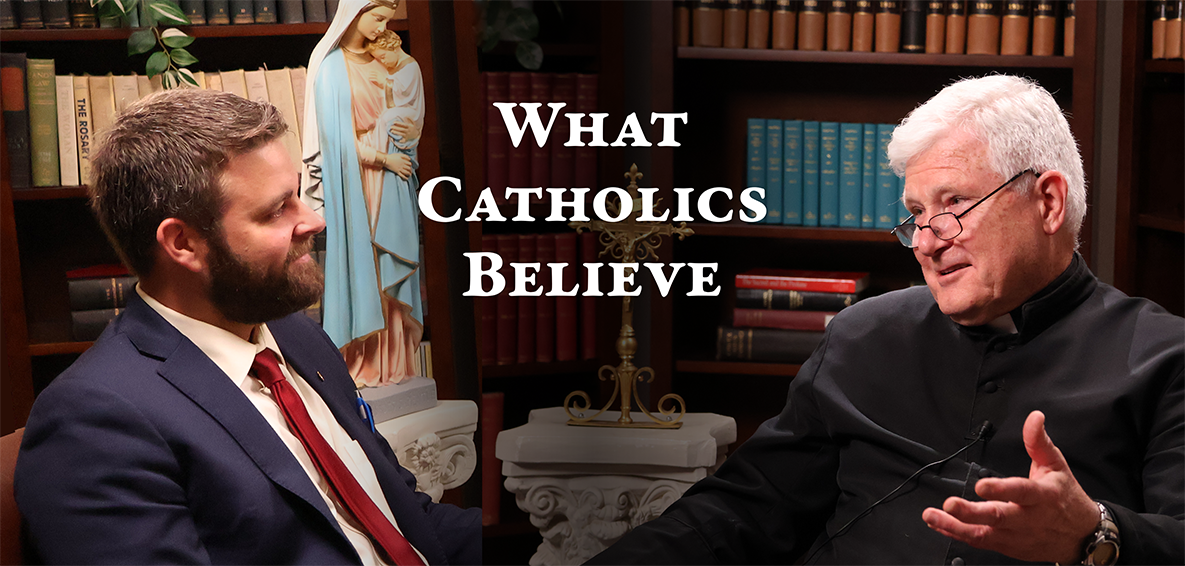Pope Honorius and Pope Saint Martin I: Can one pope “kill” another?
Saint Martin I, whose feast day is on November 12, was the victim of a pope before hum, Honorius I (625-638). Under Honorius, there arose a controversy in Constantinople involving a heresy concerning the human will of Jesus Christ. Rather than settling the question—as popes are required to do—by teaching the true faith, Honorius ordered silence on the question and forbade discussion of it as divisive. Emperor Heraclius then issued an Ecthesis (decree) making it a criminal offense subject to severe punishment to defend the true doctrine. Honorius dies in the year 638. Ten years and three popes later, Martin I became the pope who would suffer for Honorius’ failure.
Pope Saint Martin I (649-655) was one of the noblest figures in a long line of Roman pontiffs. Martin was of noble birth, a great student, of commanding intelligence, of profound learning, and of great charity to the poor. He governed the Church at a time when the leaders of the Monothelite heresy, supported by the emperor, were striving to spread their error. Because Pope Martin upheld the true faith in Christ’s human will, the Emperor Constans II sent to Rome an agent with orders to bring Martin to Constantinople. Entering the Lateran Basilica two days later, that agent informed the clergy that Martin had been deposed as an unworthy intruder, that he must be brought to Constantinople and that another was to be chosen in his place. The pope, wishing to avoid the shedding of bleed, forbade resistance and declared himself willing to be brought before the emperor. The saintly prisoner, accompanied by only a few attendants, and suffering much from bodily ailments and privations, arrived at Constantinople on 17 Sept., 653 or 654.
There the prisoner was branded as a heretic and a rebel, an enemy of God and of the State. Upon his arrival in Constantinople Martin was left for several hours on ship deck exposed to the insults of a crowd of spectators. Towards evening he was brought to a prison and kept in close and cruel confinement for 93 days, suffering from hunger, cold and thirst. On 19 December he appeared before the senate where the imperial treasurer acted as judge. Various political charges were made, but the true and only charge was the pope’s refusal to sign the heretical “Typus”. He was then carried to an open space in full view of the emperor and of a large crowd of people. These were asked to pass anathema upon the pope. Terrible indignities were heaped upon him, he was loaded with chains, dragged through the streets of the city and then again thrown into the prison, where he remained for 85 days. Constans at the time suffered from a great famine. There the venerable pontiff died. He was buried in the church of Our Lady, and many miracles are related as wrought by St. Martin in life and after death. The greater part of his relics were transferred to Rome, where they repose in the church of San Martino ai Monti.

